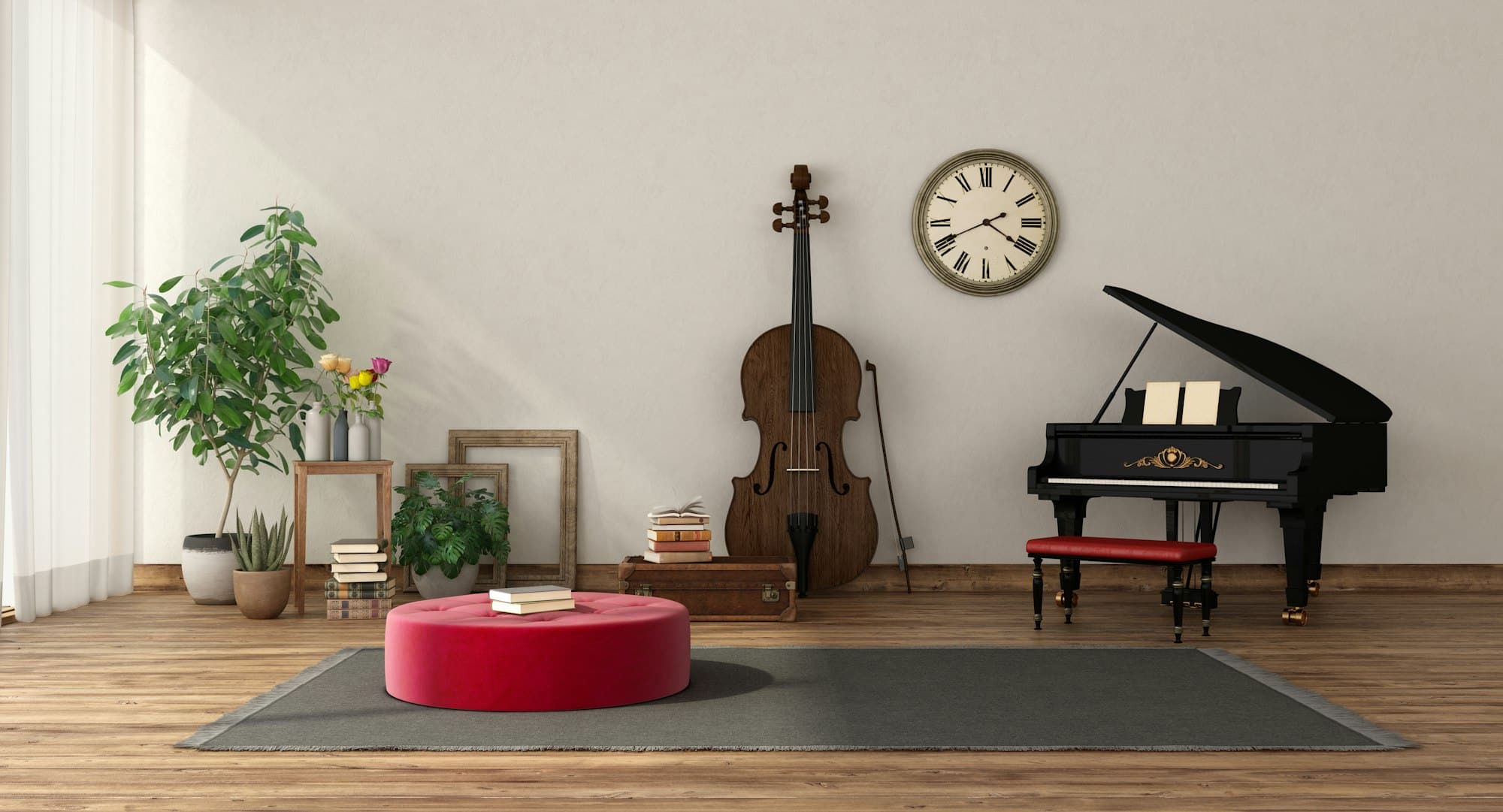What are the best plants to grow in a basement apartment with low light?

Living in a basement apartment doesn’t have to mean giving up on your green thumb. Even without an abundance of natural light, several houseplants will thrive in these conditions. Today, we’ll explore what makes these plants best suited to low-light environments, how to care for them, and why they make such lovely additions to any indoor space.
Plants That Thrive in Low Light Conditions
Although most plants prefer bright, indirect light, there are many species that can flourish in less-than-ideal lighting conditions, such as those found in a basement apartment. These plants are usually tropical in origin, having evolved on the floor of dense rainforests where they receive very little direct sunlight. They have developed features like larger, greener leaves that can absorb and use whatever light is available.
Cela peut vous intéresser : How to build a compact, foldable workbench for a small garage or shed?
The Snake Plant (Sansevieria Trifasciata), known for its striking upright leaves, is a great choice for basement dwellers. It can survive in a wide range of light conditions, from bright indirect light to almost total darkness. Similarly, the ZZ Plant (Zamioculcas Zamiifolia), with its shiny, dark green leaves, is another low-light champion.
Moving on to options with a more lush, leafy appearance, the Pothos (Epipremnum Aureum) and Philodendron (Philodendron Scandens) are both fantastic choices. Both have heart-shaped leaves and tend to trail, making them perfect for hanging baskets or high shelves.
A lire aussi : What’s the most efficient way to organize a collection of spices in a compact kitchen?
Finally, for those who prefer more exotic looking plants, the Peace Lily (Spathiphyllum Wallisii) is a stunning option. With its glossy leaves and beautiful white flowers, it can add a touch of elegance to any room, even with minimal light.
Indoor Plant Watering: It’s Not Just About Quantity
While light levels are a key factor in growing indoor plants, it’s not the only one. Watering is also critical to the health of your plants, and low-light conditions can affect how much water your plants need.
In general, plants in low light conditions will require less water than those in brighter environments. This is because they are growing more slowly and are therefore using less water. Overwatering can lead to several problems, including root rot and fungal infections.
The key to successful watering is to allow the top layer of soil to dry out between waterings. In low light conditions, this will likely mean watering less frequently. However, it’s important to remember that each plant has its own specific watering needs, so be sure to research your plants and adjust your watering schedule accordingly.
How to Choose the Best Soil for Your Indoor Plants
The soil you use for your indoor plants can have a significant effect on their health and growth. It must provide the right balance of nutrients, retain water, and allow for proper drainage.
Many indoor plants will thrive in a general-purpose potting soil, but some may require a more specialized mix. For instance, the snake plant and peace lily prefer a well-draining soil, as they don’t tolerate waterlogged conditions well. Consider using a cactus or succulent mix for these plants, or amend a regular potting mix with sand or perlite to improve drainage.
On the other hand, plants such as pothos and philodendron prefer a richer soil that retains moisture well. For these plants, a peat-based mix would be ideal.
The Benefits of Indoor Houseplants
Having greenery in your living space is about so much more than just aesthetics. Plants can provide a range of benefits, from improving air quality to boosting mental health.
Indoor plants can help purify the air by absorbing harmful toxins and releasing oxygen. This can improve the overall air quality in your basement apartment, making it a healthier place to live.
In addition, plants can have a positive impact on your mental wellbeing. Caring for plants can be a therapeutic activity that helps to reduce stress and increase feelings of satisfaction. The presence of greenery can also create a more relaxing environment, helping to improve mood and focus.
With the right care and conditions, these low-light loving plants can brighten up even the darkest of basement apartments. Remember, light, watering, and soil are all crucial factors in keeping your indoor plants thriving. By understanding the needs of your plants, you can enjoy your very own indoor garden, regardless of where you live.
##Sprucing Up Your Space with Low Light Houseplants
Making your basement apartment feel like a home is easily achievable with the addition of indoor plants. Despite the lack of natural light, adding greenery can drastically improve the ambiance of your living space. Not only does it provide aesthetic appeal, but it also contributes to a healthier living environment. There are a multitude of low light houseplants that can survive in such conditions, needing only minimal care.
The Spider Plant (Chlorophytum Comosum) is another excellent choice for basement apartments. This low maintenance plant is known for its arching leaves that create a lovely display. It tolerates a wide range of conditions and can survive in indirect light. The Cast Iron Plant (Aspidistra Elatior) is another hardy indoor plant that thrives in a variety of light conditions. It’s a robust plant known for its ability to survive under the most challenging circumstances.
A touch of color can be brought in with the Chinese Evergreen (Aglaonema), which can produce beautiful patterns and colors on its leaves, ranging from bright pink to deep green. It’s a versatile plant that can tolerate a range of lighting conditions and is pretty forgiving in terms of watering.
Remember, the key to maintaining these low light indoor plants is understanding their general care requirements in terms of light conditions, watering, and soil preferences. Additionally, even though these plants can survive in low light, they will benefit from a periodic exposure to brighter light conditions.
##Conclusion: Revitalize Your Basement Apartment With Low Light Plants
Living in a basement apartment doesn’t have to limit your ability to enjoy the benefits of house plants. There is a plethora of plants that are well-adapted to grow in low light or indirect light and are perfect for these environments. From the sturdy snake plant to the lovely peace lily, these low maintenance plants not only add beauty to your indoor space but also improve the air quality and your mental wellbeing.
Low light houseplants can transform your living space, making it more inviting and comfortable. They truly demonstrate that a lack of bright light, natural or artificial, doesn’t have to hinder your ability to create an indoor garden. With careful selection of plants, attention to watering and soil needs, you can maintain a thriving indoor garden in your basement apartment.
As a final note, remember that while these plants can survive in low bright light, they also appreciate occasional exposure to brighter conditions. Be sure to rotate your plants or allow them some time in brighter light, if possible, to keep them in optimal health. After all, taking care of plants can be a rewarding hobby that also contributes towards a healthier and happier home.
